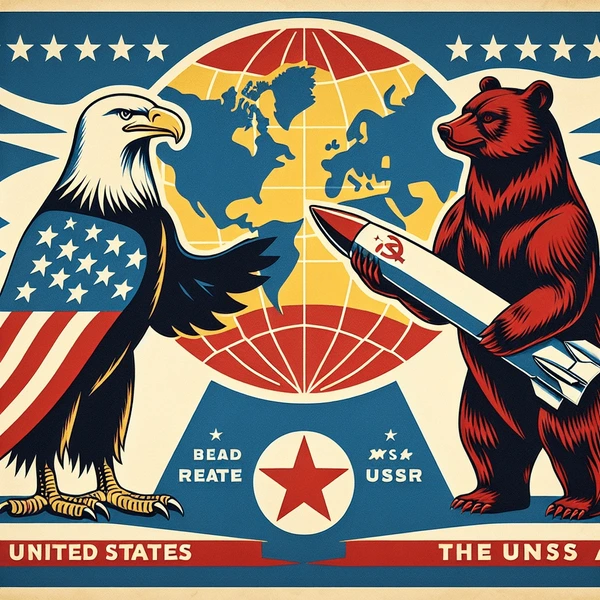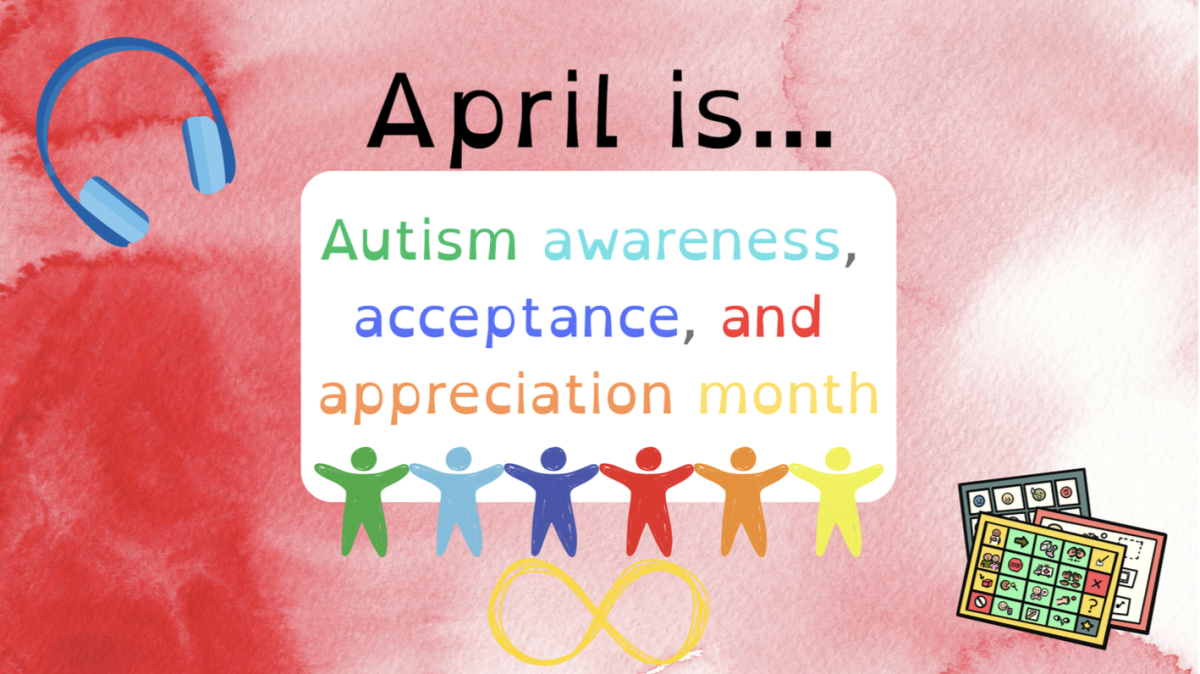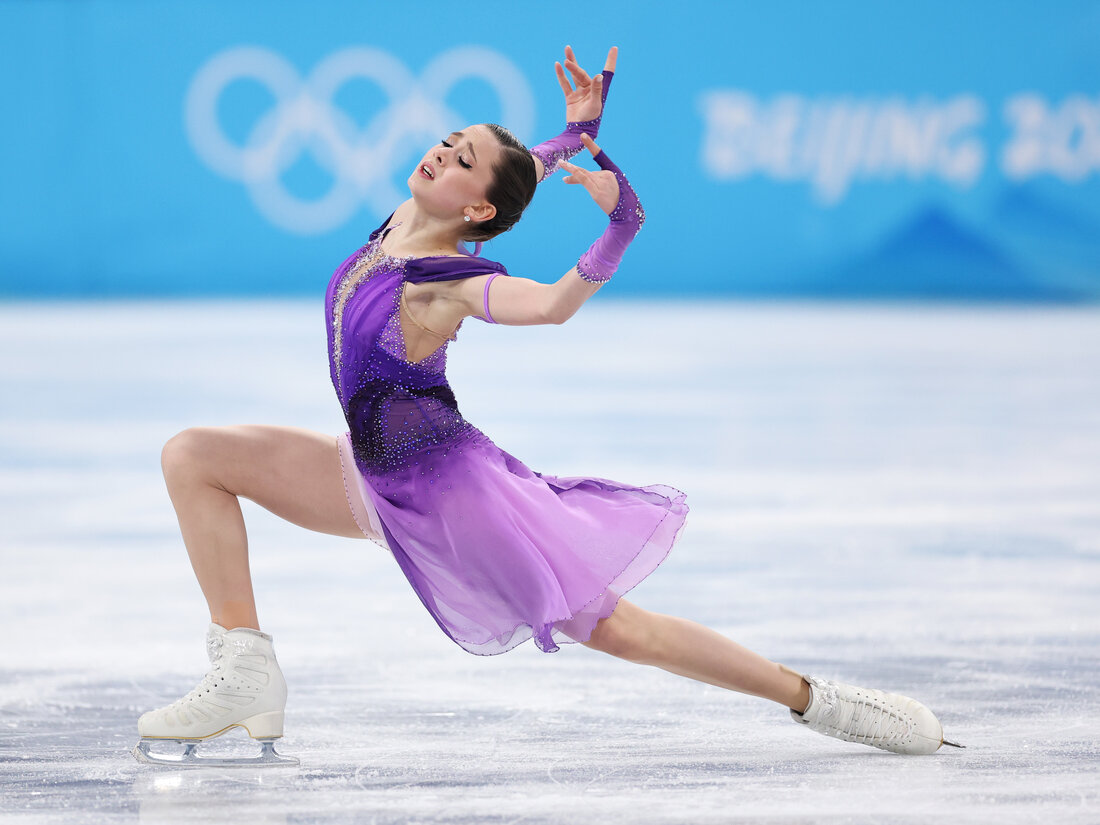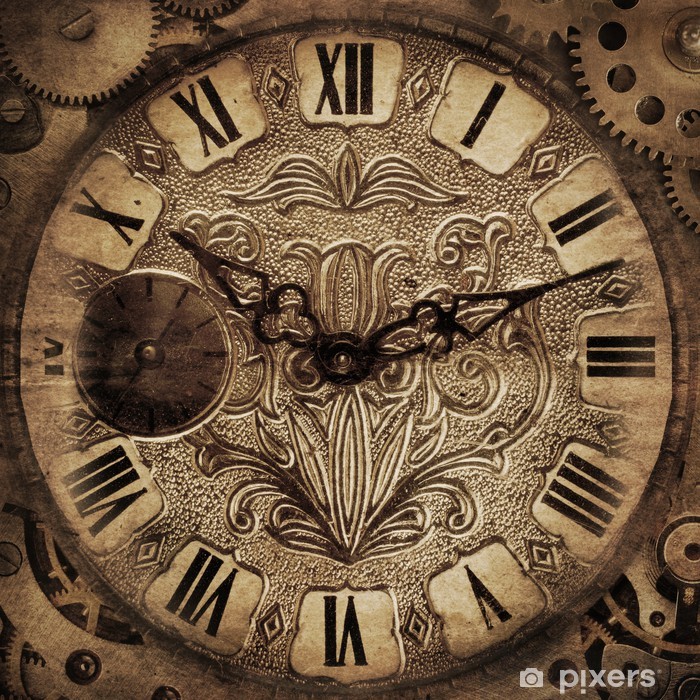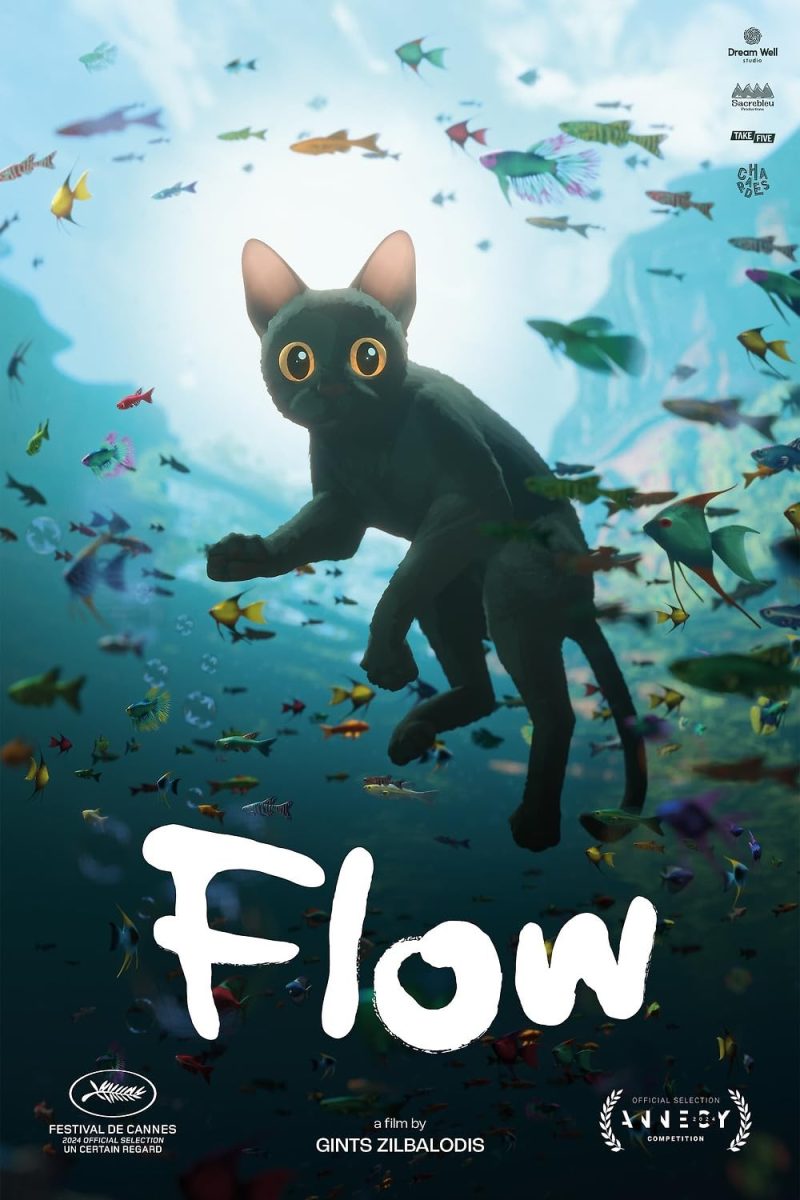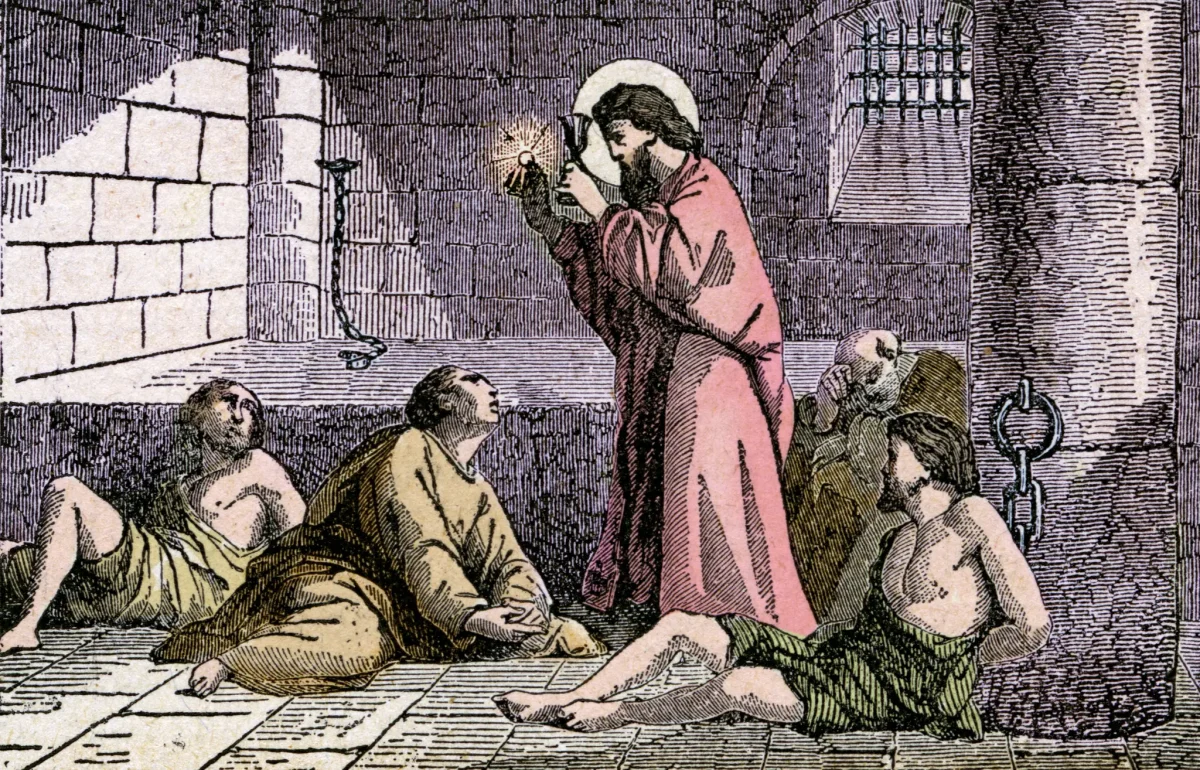Artists—-we’ve all had that one elderly person tell us we need to “stop drawing all that aanimaay” and do some “real art.” Writers—we’ve all had English teachers that only taught classic stories. And, to those that are both—-we’ve all been told that comic books can’t be real art or literature.
Ever since they became popularized, comic books, graphic novels and webcomics have been disrespected by the public, claiming that comics can’t be “real” art or “real” literature, saying they don’t align with their renaissance era style of art and writing. Some say comics can never be literature since they use visual arts to show what is happening rather than just text. Others, including myself, argue that comics are a brilliant and revolutionary way to tell stories of all manner.
Comics were first invented in the late 19th century by the Swiss schoolmaster Rudolphe Töpffer. He published seven graphic novels and is usually credited with being the father of comics. They were popularized after the Great Depression with the use of newspaper cartoons. Comics continued to grow, the most likely boost being the launch of the first Superman comic in 1938.
The public’s opinion on comics has greatly improved over time, but before the 21st century they’ve been a topic of great paranoia. In the 1950’s they were a subject of the Satanic Panic, a phenomenon where groups of people, or the public at large, believed that certain aspects of society and pop culture were corrupt and evil, despite no evidence to support their claims. Comics’ golden era of injustice was in the 1950’s, when a book titled Seduction of the Innocent was published. The book claimed that comics were evil and were corrupting anyone who would read them, focusing on America’s children. The Comics Code Authority, which was established around
the same time, targeted comics with occult themes and gore. Comics Code was prevalent until the 1980’s, when comics started to be more popular with adults than with the youth.
Even now, some comics are being talked about negatively by organizations like Moms for Liberty, whose goal is to ban books from school libraries that they deem inappropriate. Though the comics they talk about are more specifically targeted than in the ‘50s, it’s still worth mentioning. Beyond those who have a more religious stand against comics, there are many individuals today (especially among the older generations) who believe that calling comics literature is disrespectful to “real” literature like Shakespeare and to “real” art like Picasso.
In reality, comics get so much disrespect from people who forget what art really is. Art is classified as a means of self-expression through creativity, including but not limited to writing, drawing, painting, sculpting, music, architectural design, graphics design, and much more. Comics fall into two of these categories of art; writing and drawing. Comic authors spend ages writing the story the comic follows, and artists spend hours at a time just to draw a single comic page. And like the “real” artists, comic artists can often get major burnout from their projects. Pressure from disrespectful people can also be a major factor in comic artists’ stress, oftentimes leading to depression and giving up entirely on their dreams.
Comics have gotten a bad reputation, but in reality they are an important part of artistic culture. Comic artists share incredible stories that just wouldn’t work right with a novel and should be highly respected for all the effort they put into their work. Comics take much longer to make than traditional books, and much more work as well. Comic artists do so much for their readers, the least we can do is not blatantly disrespect anyone who wishes to pursue that dream.








